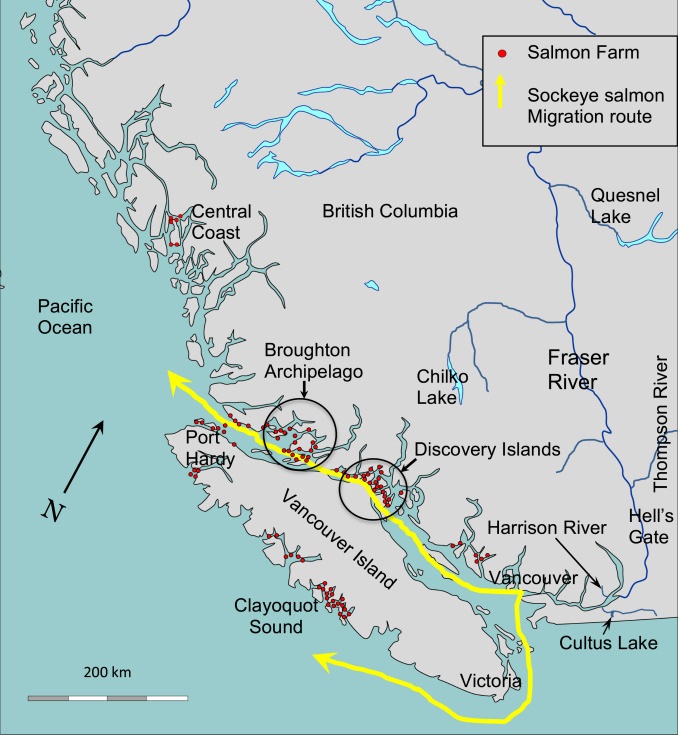Birdsnest
Well-Known Member
Without a doubt, I would place my bet on improved wild salmon runs if their was a 10 year moratorium on all open net pen Fish Farms in B.C.
You mean just like the Skeena River system? Never been a fish farm on those migration routs and it had tens of years to comeback but it is suffering the same fate at the Fraser.
I can be "less educated", "religious", and "disingenuous" yet the basic observation that the Skeena system is sucking butt just as bad as the Fraser and it has NEVER had a fish farm on any of its migration routs.
This is the issue I have with all of agents choice select science is you can not quantifiably apply any of it to even a single run of bc salmon. So who behaving religiously on this topic?






